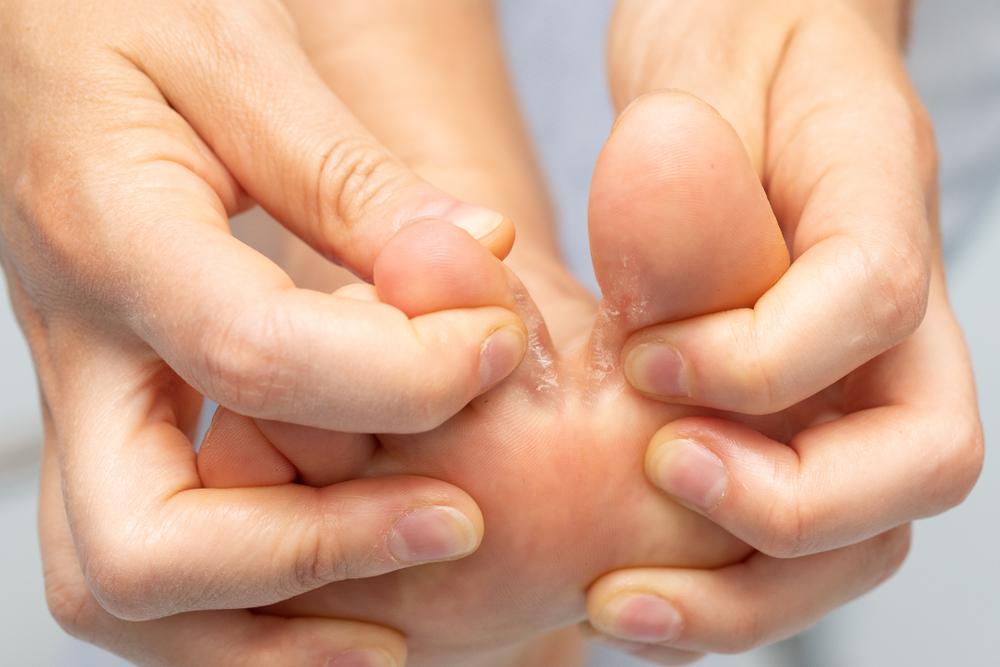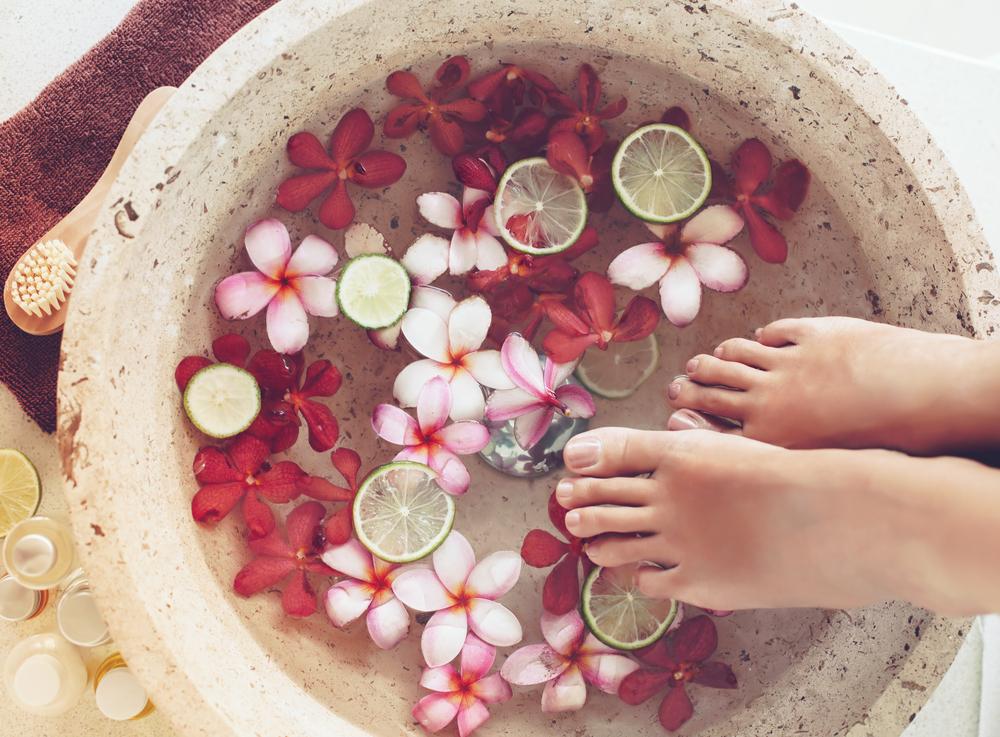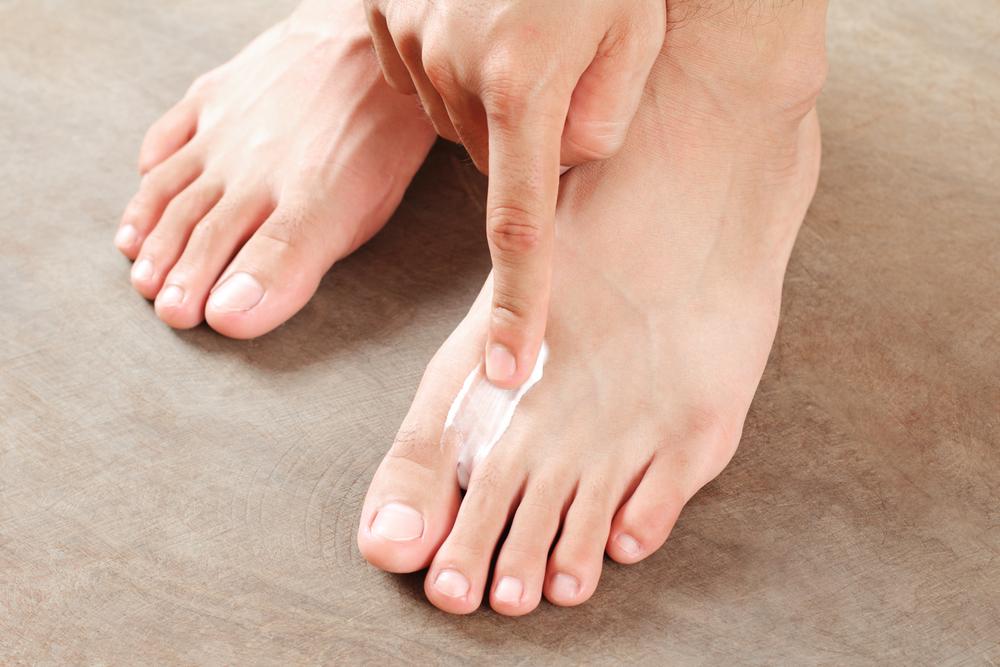The skin between your toes needs proper aeration too. If confined in tight-fitting shoes for long hours, your feet are susceptible to athlete’s foot. And no it doesn’t only affect athletic people. Here’s all you need to know about the common skin infection.
WHAT IS ATHLETE’S FOOT?
Athlete’s foot or tinea pedis is a contagious fungal infection that usually begins between the toes. Scratching or picking the infected areas can spread the fungi to your toenails, the rest of your feet and your hands. Commonly seen in athletes, this infection can be time-consuming to cure.
Some of its common signs are:
- Scaly, peeling or cracked skin between the toes.
- Itchiness, especially right after taking off shoes and socks.
- Inflamed skin that might appear reddish, purplish or greyish.
- Burning or stinging.
- Blisters.
- Dry, scaly skin on the bottom of the foot that extends up the side.
Different type of athlete’s foot displays different sets of symptoms too. Learn about which one you might have:
- TOE WEB INFECTION: The most common type. It typically affects the skin between your fourth toe (ring toe) and fifth toe (pinkie toe). Your skin may change colour, crack, peel or flake.
- MOCCAS IN-TYPE INFECTION: Affects the bottoms of your feet, your heels and the edges of your feet. Your feet may be sore for a few days. Then, the skin on the bottom of your feet thickens and cracks. In rare cases, your toenails may get infected. They can thicken, break into small pieces and fall out.
- VESICULAR-TYPE INFECTION: Affects the bottom of your feet, but it may appear anywhere on them. It features bumps or fluid-filled blisters (vesicles).
- ULCERATIVE INFECTION: The rarest type. Open sores (ulcers) often appear between your toes and on the bottom of your feet.
WHAT CAUSES ATHLETE’S FOOT?
Athlete’s foot is caused by a fungus called Trichophyton. This fungus thrives in warm and moist conditions. Thus, placing your feet in small confined spaces like socks or shoes, along with sweat buildup over time is a recipe for disaster.
The contagious nature of athlete’s foot creates a home in public places such as boarding schools, public swimming areas and fitness centres. You could be infected just by walking barefoot on those grounds. This is because the fungus spreads through direct contact with the infection and skin particles on the floor. You may be more likely to develop athlete’s foot if you:
- Male over 60 years old.
- Are obese.
- Diabetic with open sores.
- Have a weakened immune system such as diabetes of HIV/AIDS.
- Have tissue damage or wounds on your feet.

HOW TO DEAL WITH AND TREAT ATHLETE’S FOOT?
Athlete’s foot can be prevented as well as not spread to others. If you are beginning to see symptoms or already have athlete’s foot and want to keep others safe, here’s what you can do:
- Let your feet air out. Opt for open-toe sandals and slippers whenever possible.
- Pamper your feet. Give your feet a good wash daily with warm, soapy water and then rinse and dry your feet thoroughly, especially between the toes. On weekends, spice it up with a relaxing foot bath. If you’re prone to athlete’s foot, apply medicated foot powder.

- Switch socks regularly. Change your socks at least once a day, especially if your feet get really sweaty. Sock materials like cotton can help keep your feet drier than nylon socks.
- Switch shoes regularly. Alternate different shoes from day to day to give them time to dry after each use.

- Protect your feet in public places. Wear waterproof sandals or shoes around public pools, showers and locker rooms as much as possible.
- Be aware of the risk factors. Avoid non-direct contact by not sharing shoes or unwashed bedding and towels to evade spreading conditions
When diagnosing your symptoms, your doctor may:
- Send a small scraping of skin from your feet to a laboratory for a skin lesion potassium hydroxide test to check for the presence of fungus.
- Prescribe a steroid cream to use alongside antifungal cream.

- Prescribe antifungal tablets – you might need to take these for several weeks.
- Refer you to a skin specialist (dermatologist) for more tests and treatment if needed.
In the meantime, you can perform some home remedies:
- Soak your feet in salt water or diluted vinegar to help dry up blisters.
- Apply essential oils like tea tree, bitter orange, peppermint and eucalyptus oils to the affected area. However, consult a doctor to avoid further consequences.

Estimates suggest that 70 percent of the population will get athlete’s foot at some time in their lives. With proper diagnosis and treatment, athlete’s foot should go away in one to eight weeks. Nevertheless, don’t wait for the signs. Put your foot down on the athlete’s foot!
Sources: Healthline, Medical News Today, Mayo Clinic, NHS UK, Cleveland Clinic, CDC, WebMD, MyHealth Malaysia, Getdoc Malaysia.











